Written business communication is the sphere where principles, norms, and standards play a key role. However, the standardized character of the written business communication contributes significantly to encouraging cooperation between partners, to leading teams and their projects, to making appropriate decisions with references to the available information on the question, and to solving the controversial issues.
The role of written communication in business is significant, and it is important to focus on the genres which are actively used in business writing in order to learn their advantages and particular features. Thus, it is necessary to answer the following questions: what are the most often used genres in business writing, and what is the purpose or function of these genres? In spite of the fact that many writing genres are actively used in business, such genres as proposals, reports, and memos are the most often used genres in business writing; and they play rather different roles in the business world communication because they are composed to respond to the concrete purpose.
The most frequently used form to realize the internal communication within the company is the memorandum or memo. The memo serves to inform employees about any changes in the work process or about new projects, to provide the necessary directions to follow within the whole company or within a department, and to provide the analysis of the collected information or data on the concrete question. Thus, standard memos are usually written to provide certain directions or to persuade the employees to follow this or that plan of action and to provide the report in which the advantages of these plans of action are listed.
To be effectively used to stimulate successful internal communication and to achieve the set goals, memos are composed while following definite rules. The memo should have a heading with the information about the author and addressee of the memo (Guffey and Loewy 129). The data and subject are stated to provide the addressee with the opportunity to focus on the topic discussed in the memo quickly. The whole memo should be concise and logically structured. The first sentence of the effective memo provides the basic factual information on the subject and the purpose of writing to lead the addressee’s attention. The next paragraphs provide details related to the discussed question (Guffey and Loewy, 129). As a result, memos are widely used in business to provide the employees with the necessary important information quickly, while referring to the concise and logical formal genre of the written communication.
To discuss the effectiveness and the active use of memos, it is necessary to refer to the concrete example. One of the most effective examples of business memos is the information memo provided by the New York Stock Exchange (NYSE) in 2003. While discussing the memo, it is necessary to refer to the question of exigency. To inform the partners and managers about the changes in the electronic filing platform for the Daily Program Trade Reporting (DPTR) application, the specific information memo was written (NYSE Memo 1).
Although the typical business memos are usually short, the discussed memo is rather long and detailed to provide the addressees with the necessary information on all the changes in the work of the filing platform and on all the changes in the associated reporting. Furthermore, the guidelines, directives, and information about the changed employees’ duties and responsibilities are provided. The memo is divided into such sections as “Who Must Report”, “New Reporting Methods”, and others (NYSE Memo 2-8). The memos should be properly organized to help the addressee to find the relevant information, and this memo meets this requirement effectively.
Moreover, the authors of the memo also respond to the audience while explaining the specific terms and providing the proper instructions. The tone of the memo is formal to provide the guidelines effectively. The most obvious example of taking the audience’s interests and needs into consideration is the last paragraph of the memo stating that “any questions concerning DPTR Reporting and other regulatory questions may be directed to Hope Morgan” (NYSE Memo 9). Following this example, it is possible to note that memos are composed to provide the accurate information for employees and to receive the certain feedback in the form of completing the discussed directives, following guidelines, and considering any mentioned changes.
The information memo used by the authors is effective in presenting the important materials about the changed situation, but the authors do not need to persuade the audience to follow their recommendations. That is why the authors do not use the persuasive tools in this memo. As it was stated earlier, the genre of the memo is characterized by the specific structure. The authors of the memo provide the heading in which the addressees and the subject are mentioned, and the first paragraphs of the memo present the information about the subject when the following paragraphs are organised with the help of sub-headings to provide the necessary details (Appendix 1; NYSE Memo 2-9).
This organisation of the memo is appropriate for the long paper. Referring to the opinion of Samuel Nixon, a stock control manager, memos are frequently used to present the new information to the employees in his company. Nixon also writes memos to present them to the managing partners when the new project is started or when it is necessary to decide on the path to follow to achieve the project’s goal (Appendix 4; Nixon).
Business proposals are the documents which are actively used in the external business communication between the sellers or producers and potential buyers or clients. From this point, the main goal of the business proposal is to persuade the potential client to pay attention to the proposed services or products and to purchase them. To persuade the client to make the decision, the proposal should be informative in order to present the company and its products effectively.
However, business proposals can be discussed as similar to general business plans and marketing plans. Business proposals are often the main part of the business communication between the potential partners, and they are formally or informally solicited in this case because of being requested. Unsolicited proposals are the brochures composed to present the information about the product to sell it effectively (Guffey and Loewy 276). Business proposals are structured to be highly informative, and they include such sections as the table of contents, executive summary, background, proposal or idea and solution, market analysis, benefits, marketing plan, and conclusion.
The example of the business proposal is the formal sample paper developed to present the solution for Valley Fitness Inc. in relation to the Accounting and Payroll Services. Referring to the idea of exigency, the discussed business proposal is written by the representatives of the Applied Accounting Services to propose their services as the solution to Valley Fitness Inc.’s problem. As a result, the proposal is developed to present all the aspects and benefits of working with the Applied Accounting Services. Thus, much attention is paid to such benefits of cooperation as the reduction of “overall costs for accounting needs”, “flexibility in deadlines”, “confidentiality”, and many others (Sample Proposal 1-5). The audience of the proposal is addressed directly because the author is inclined to use the pronouns ‘you’ and ‘your’ while discussing the details of co-working. For instance, the author states, “we will assign the following Account Manager to your company” and asks to contact the company’s managers directly (Sample Proposal 5).
The tone of business proposals should be persuasive that is why the use of the persuasive tools is necessary. The author of the proposal prefers to use the logos in order to persuade the company to focus on the proposed services. The financial and organisational benefits which are associated with the idea of using the proposed services are discussed. That is why, much attention is paid to presenting the cost summary and potential benefits of the provided solution which are listed as eleven important points of cooperation (Appendix 2). Furthermore, the genre of the proposal is also followed strictly.
The effective business proposals should provide the executive summaries to state the goals and objectives, cost and market analysis, and the marketing plan depending on the character of the proposal. The discussed proposal is structured to include such important sections as the table of contents, executive summary, solution, cost summary, benefits and the project management which is used as the conclusion. This structure of the proposal responds to its goal, and it can persuade the company to refer to the assistance of the Applied Accounting Services effectively (Sample Proposal 2-4). According to Samuel Nixon, the frequency of using business proposals depends on the industry in which the company operates (Nixon). However, such parts of the proposal as the market analysis, cost analysis, and marketing plan are used widely, and they are the important forms of the business communication (Appendix 4; Nixon).
Business reports as the other form of the business written communication are similar in their structure to the business proposals. Thus, reports include the executive summary, the cost summary, and the market analysis, but the function of the reports is primarily informative. Business reports are usually written when it is necessary to provide the information about the company’s performance, completion of the concrete task or the achievement of the definite goal.
The example of such reports is the annual report in which the company provides the information on its activities and achievements during the previous year. Thus, the company usually reports to different stakeholders and shareholders in particular. Those companies which are presented in the lists of the stock exchange should report on their performance more frequently (Kaul 32-38). As a result, reports are different in structures and contents depending on the purpose and audience of the report.
To understand the role of the report in the business communication, it is necessary to analyse the 2013 annual report presented by the Walmart Company. The purpose of the report is to provide the information on the company’s activity and financial state during the preceding year. Different sections of the report present the different types of information interesting for various groups of stakeholders in order to present the accurate information on all the areas of the company’s activities. The audience of the report is directly identified in the section titled “To Our Shareholders, Associates and Customers” where the authors provide the summary of the company’s strategies and financial results (Walmart 2013 Annual Report 4-5). The authors refer to the company as ‘we’, but they use the formal tone while addressing the report’s audience.
The main purpose of the report is to provide the information in the most comprehensible form that is why the authors do not use such persuasive tools as the ethos and pathos, but they refer to the logos in order to persuade the shareholders that the company did well during the preceding year in relation to their overall performance and financial results (Walmart 2013 Annual Report 4-5). The authors’ considerations and statements are supported with a lot of tables and charts presented in the report (Appendix 3).
The specific structure of the report is also followed correctly. Thus, the Walmart annual report includes the introduction section, the statement of purpose, the cash flow statement, the balance sheet, and the financial statements (Walmart 2013 Annual Report 2-24). Furthermore, it is important to note that the report is structured with the help of many headings and subheadings, and it includes significant tables, charts, and illustrations to present the information visually (Appendix 3; Walmart 2013 Annual Report 2-24). Discussing the frequency of using the reports, Samuel Nixon states that reports are written not often because reports should provide the information on the company’s performance or on the event or project’s results (Appendix 4; Nixon).
It is possible to state that the most actively used form of the internal written communication is the memo. Proposals and reports are actively used as the parts of the external communication. However, in spite of the fact that reports and proposals are commonly used forms of the business written communication, the frequency of the usage depends on the company’s activities. Nevertheless, the role of these genres in the business communication is significant because memos are used to inform and persuade the audience in the internal communication, proposals are used to persuade and reports are used to inform in the external communication.
To conclude about the usage of this or that form of the business communication in the stock market and industry or in the other fields, it is important to interview the specialists in the discussed areas. Thus, Samuel Nixon’s opinion on the use of different genres in the business communication contributed to the analysis of the genres’ effectiveness significantly. As a result, while conducting the research, it is possible to focus on the purpose and role of the genres in the communication process while referring to their effectiveness. Moreover, the research’s conclusions about the active use of memos in the internal communication and reports and proposals in the external business communication are important for specialists to choose the most effective genre in order to persuade or inform the specific audience.
Appendix 1
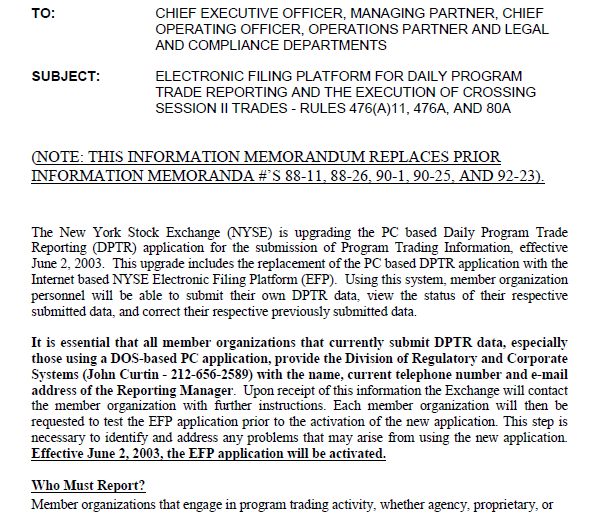
Appendix 2
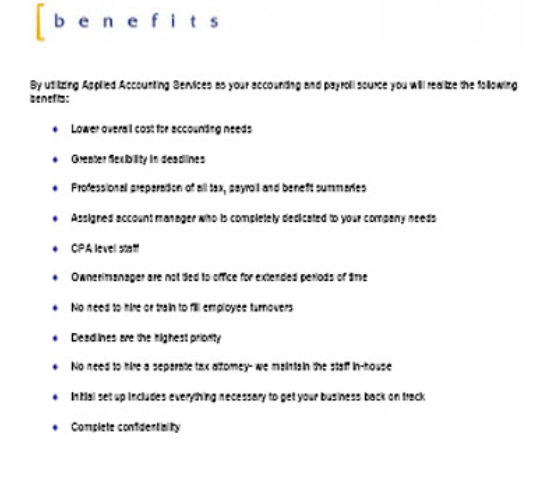
Appendix 3
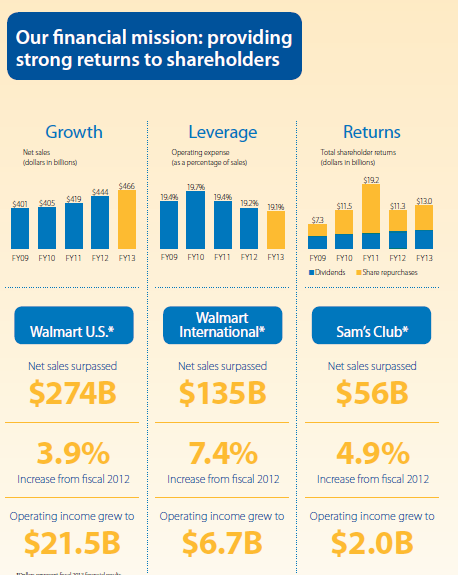
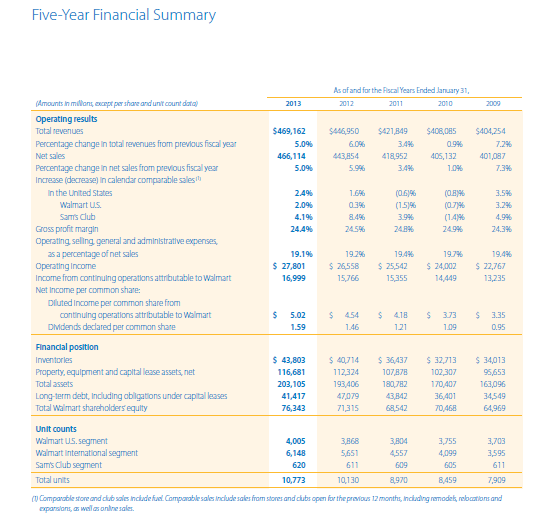

Appendix 4
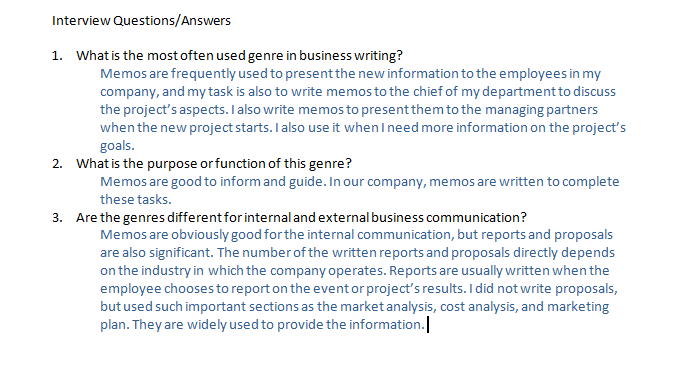
Works Cited
Guffey, Mary Ellen, and Dana Loewy. Essentials of Business Communication. USA: Cengage Learning, 2012. Print.
Kaul, Asha. Effective Business Communication. USA: PHI Learning Pvt. Ltd., 2000. Print.
Nixon, Samuel. Personal interview. 2014. Web.
NYSE Memo. 2003. Web.
Sample Proposal. 2003. Web.
Walmart 2013 Annual Report. 2014. Web.